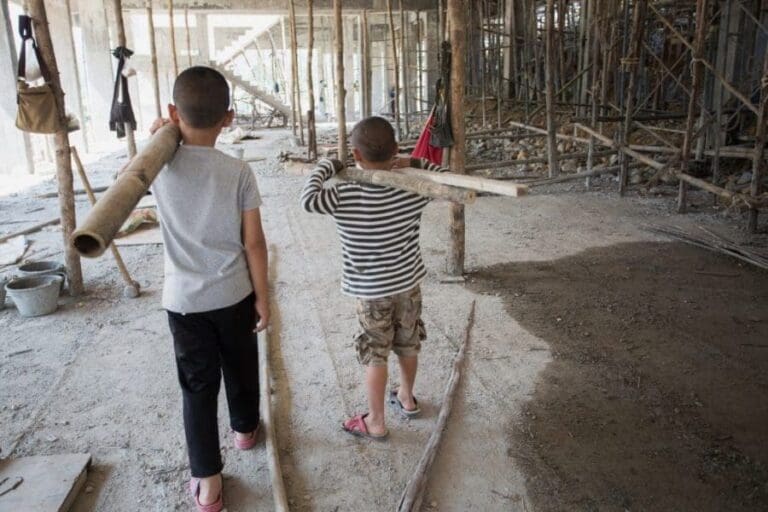This progress was highlighted on World Day Against Child Labour (June 12th). While celebrating the decline, the HCP also acknowledged ongoing challenges.
In 2023, only 1.4% (approximately 110,000) of Moroccan children aged 7-17 were engaged in economic activity. Rural areas have a higher prevalence of child labor (2.8%) compared to urban areas (0.5%). Boys make up the majority of working children (85.6%). Most working children are aged 15-17 (91.5%) and live in rural areas (79.9%). School dropout is a major factor, with 89.1% of working children having left school.
The number of working children has decreased by 55.5% since 2017. Government policies and initiatives appear to be making a positive impact.
Almost 63.3% (69,000 children) are engaged in dangerous work, particularly in construction. Child labor affects around 1% of Moroccan households, with higher rates in larger families and those led by less educated heads of household. Agriculture, forestry, and fishing employ most working children in rural areas, while services and industry are dominant in urban areas.
Overall, Morocco’s efforts to combat child labor are showing positive results. However, continued focus is needed to address persistent issues, particularly in rural areas and high-risk sectors.
MN/te/fss/abj/APA


